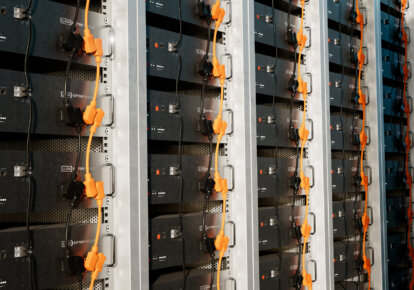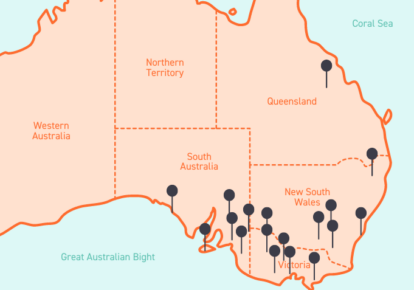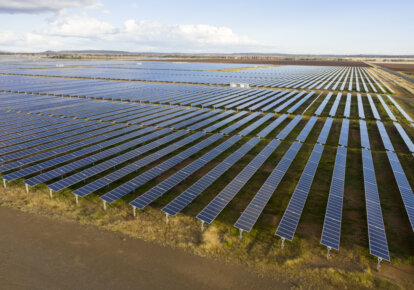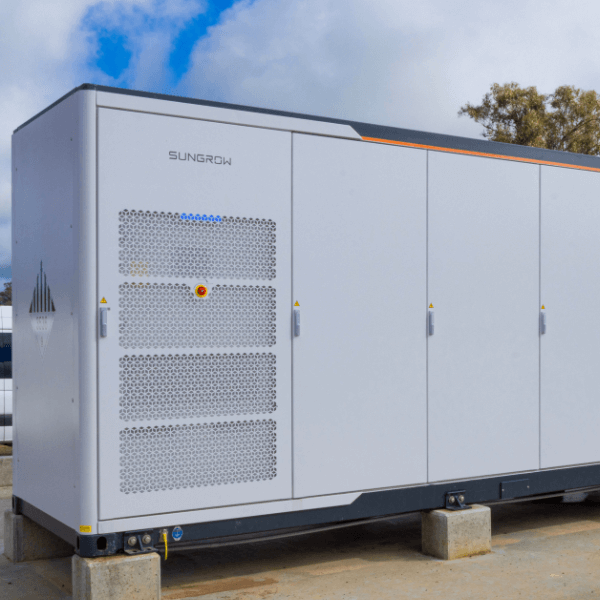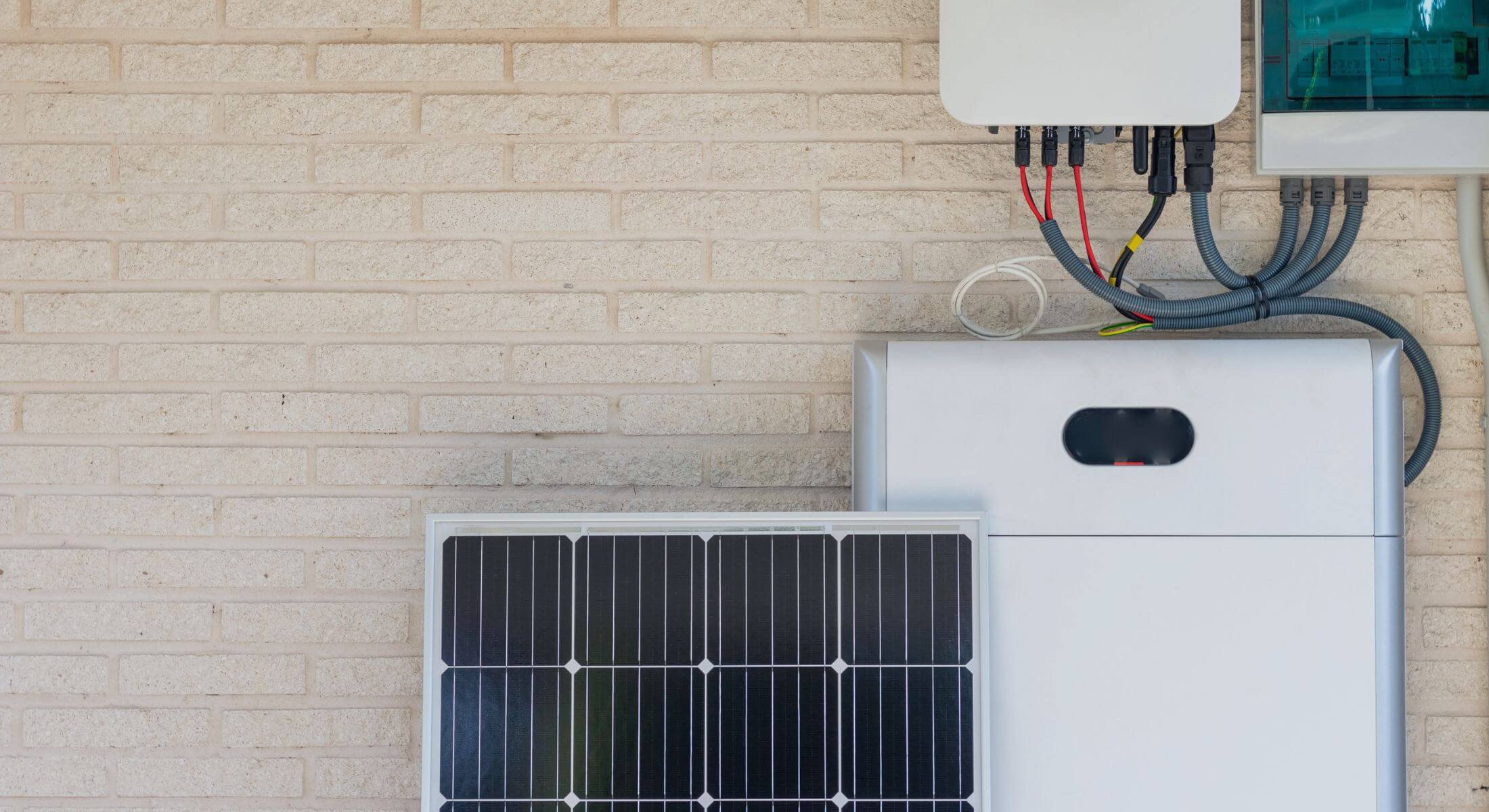At the beginning of 2024, we set an ambitious target to achieve ‘true zero’ for Flow Power, with our Melbourne office serving as a real-world experiment, played out in real-time.
In this first phase of our roadmap to zero, our working group has identified key enablers with the potential to make our transition possible. We’ll be exploring these ideas in today’s update and sharing our next steps.
What are the key enablers of true zero we’ve identified?
- Flexible loads
Flexible loads, including EVs and batteries, play a crucial role in soaking up excess renewable energy when it’s available – and discharging when it’s not.
Leveraging these flexible loads could reduce the cost of transitioning to a true zero energy market for all consumers in the NEM. And with the right flexible energy contract, it can reduce costs for individual consumers too.
The idea of flexing energy load around energy market prices is not new, but in a true zero context, there is added complexity. We need to respond to price, or renewables in the grid, or we can do both concurrently as they are typically correlated.
This creates a need to refine and enhance modelling tools, decision making criteria, and ultimately control systems to fully realise the value of flexible loads in a true zero energy market.
At Flow Power, this work is underway. We are building bespoke tools internally and adapting third-party tools, to make them fit for purpose for our use, and our customers.
- Innovative Power Purchase Agreements and group energy buying
Flow Power is well-established as one of the industry’s leading providers of Power Purchase Agreements. Now, our energy specialists are considering new and innovative ways of allocating renewable energy to our customers, potentially linked to multiple renewable projects with dynamic real-time carbon pricing, ensuring we are best aligning renewable energy supply to real-time demand.
We have also found that blending customer load profiles can lead to higher levels of real time matching to renewables, when compared to individual customers contracting a PPA. This implies that aggregate or group buying, linking multiple customers to multiple generation assets, could lower the cost of the true zero transition.
Historically, group buying of renewable energy PPAs has had a high transaction cost. It can be difficult to co-ordinate the buying process for a group of 10 or 20 large customers that all have different decision-making criteria and timeframes.
In this way, the buying journey, and ultimately the energy buying habits of energy customers, need to evolve to realise these benefits. We are actively exploring and developing the digital and contracting infrastructure to enable this.
- Nature-positive solutions
Corporate PPA buyers are facing increasing pressure to address scope 3 emissions and embodied carbon, with biodiversity risks increasingly coupled with carbon risk at a corporate governance level.
We believe there is potential to create nature-positive renewable energy solutions, such as regenerative forestry assets developed alongside new renewable generation assets. This would address embodied emissions in renewable energy infrastructure and could lead to asset optimisation, making the best use of vacant or underutilised land.
Additionally, it could simplify the corporate risk management and buying process, with renewable energy procurement (climate) and biodiversity risk becoming a coupled solution purchased in one transaction.
Local stakeholders could enjoy flow-on benefits from these solutions, by integrating community-focused infrastructure, such as establishing walking trails, enhancing waterways, and creating environmentally sensitive camping and tourism opportunities.
The next steps
Our working group is pursuing each of these key enablers in different ways, to explore how they can benefit our needs and the needs of our customers, while meeting the evolving demands of the energy market.
The team is currently refining how we model the value proposition of these true zero solutions, and how we might validate them in a real-world environment.
Most promisingly, since our last update, we have already seen early adopters starting to engage with true zero concepts and solutions, guided by our team.
Join us on the road to true zero
Is your business ready to think beyond net zero?
Get in touch with our team to discuss how we can support your journey today.


